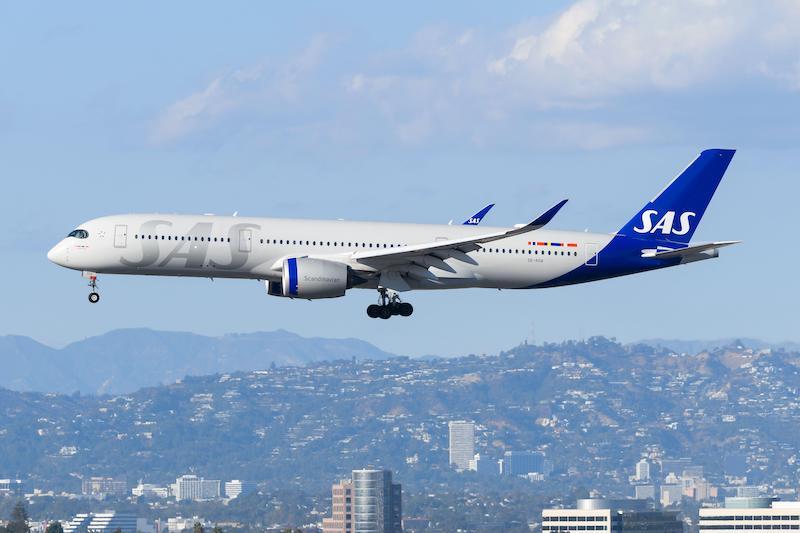
AARHUS, Denmark—Scandinavian Airlines (SAS) is hoping to complete its court-led restructuring process this summer, enabling it to turn its attention to future fleet planning, as well as the deployment of two Airbus A350s scheduled to arrive in 2025.
SAS currently operates four A350-900s, eight A330-300s, 88 A320ceos/neos (including three A321LRs), 10 Embraer E195s, along with a wet-leased regional fleet of 17 Bombardier CRJs and six ATR 72s.
“We are working through the fleet plan at the moment,” SAS CEO Anko van der Werff told delegates at Routes Europe in Aarhus, Denmark.
Last year, he said SAS tried to get a steer on aircraft availability from the manufacturers, but the airline was in the middle of Chapter 11 proceedings. This process should be completed by early July.
Over recent years, SAS’ fleet has gone through significant changes, including the phase-out of its Boeing 737s in November 2023, the entry into service of 73 A320neos and a slow-down in A350 arrivals.
“We still have a number of widebodies coming in from the A350 orderbook, so for the near foreseeable future—probably at least five years—you'll still be talking about an A330/A350 split fleet,” van der Werff said.
Van der Werff ultimately sees SAS choosing between the A330 or A350, but the winning type remains to be seen. “It's quite logical to think of new tech—the A350 being the newest edition—but the A330ceo does work for us on a lot of our network. We don't know the A330neo very well.”
In the shorter term, SAS’ final two A350 deliveries are scheduled for the end of 2025, and the Scandinavian carrier is looking for network opportunities to deploy these two aircraft.
Beyond that, Van der Werff is now pondering what comes next, in terms of aircraft orders. “That’s a question for this year,” he said. “I don't see us being in a hurry. There's quite some issues with the engines on both the midsize [jets], but also on the A320s.”
The airline still has seven A320neos on order, which will take it to 80 of the type, replacing 10 A320ceos that are slated for retirement. SAS has three A321LRs, which it uses for the development of thinner long-haul routes, but it has no immediate plans to take any more.
SAS has “fortunately” been unaffected by accelerated inspections on the Pratt & Whitney geared turbofan (GTF), which have caused significant aircraft groundings worldwide. This is because SAS’ A320s are powered by CFM International Leap engines. However, Van der Werff has “clear concerns” about what is happening in the engines market.
“Every single fleet decision is always a leap of faith, in a way,” Van der Werff said. This makes it essential for manufacturers to mitigate risk for airline operators, including clear support packages in the event that something goes wrong.
“I speak to many different airlines around the world, which I will not list publicly, but they have somewhere between 20%-35% of some of their new fleets on the ground. That's the most expensive mistake you can make, and it’s not a mistake that you’ve made as an airline, but it’s a risk that you do have to manage. And so you do need certainty, or the nearest thing to certainty you can get.”





